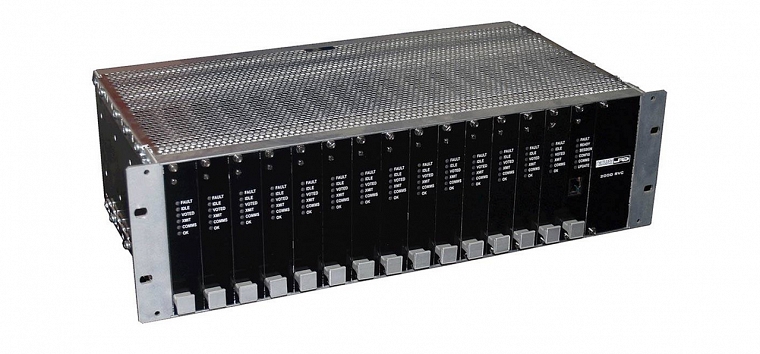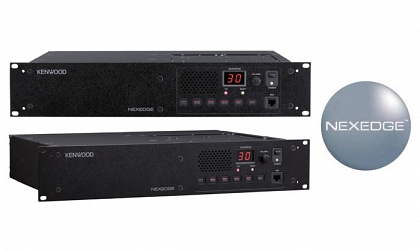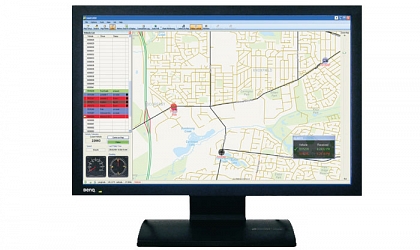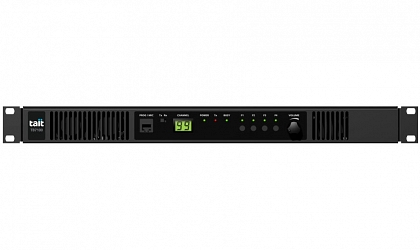White Papers
NXDN™ White Paper: 4 Level FSK/FDMA 6.25 kHz Technology
Since the beginning of Land Mobile Radio (LMR), there has been a constant juggling act between available spectrum and channel size. As fi lter and modulation technology has advanced the channel size has progressively reduced, 100 kHz, then 50, followed by 25 and then the 12.5 kHz we have known for the last twenty or so years. Add to that the current policy of spectrum pricing and the FCC narrowbanding mandate, and it becomes clear that a new advance was needed to make the most efficient and economical use of this scarce resource.
Traditionally LMR has always operated with FDMA (Frequency Divided Multiple Access) technology as that has offered the best fl exibility to users. TDMA (Time Divided Multiple Access) technology was and has been one solution offered as a method for improved spectrum efficiency. Several of the major LMR players have proffered that 6.25 kHz FDMA was simply not possible. Research by Icom and JVC KENWOOD however showed that 6.25 kHz FDMA was a practical proposition and they entered into a joint agreement to develop the technology further.
In Europe for example, this new digital 6.25 kHz FDMA idea was taken up by ETSI (the European Telecommunications Standards Institute) and developed into a European Standard called dPMR™.
For the North American LMR market in particular, the NXDN™ protocol was developed.
JRD Communications are proud to be a Tait Communications solution partner. As such, we are pleased to offer Complimentary White Papers related to the radio communications industry.
The white papers will be available through the Tait website:
This paper provides technical information on currently available open standard, digital technologies. For organizations seeking to replace existing networks, or considering an initial purchase of a communication solution using a land mobile radio (LMR), this paper will seek to inform those decisions.
In this complimentary white paper you will learn:
- The advantages and disadvantages of different modulation schemes, multiple access methods and trunked radio standards
- About the developments of open digital radio standards: DMR, dPMR, TETRA, APCO P25 and MPT 1327
- The performance differences of DMR compared with TETRA and dPMR, highlighting criteria specific to typical utilities and public safety system requirements
Critical Communications in a Process Driven World
Jonathan Bunce of Simoco Group looks at the future for TETRA and considers the benefits of DMR in a changing landscape for critical communications, where voice, data and business process come together.
In the world of critical and emergency services communications in EMEA, Tetra has been the gold standard for over 15 years. Prior to its development we had a world of fragmented, stand-alone PMR systems that were wholly inadequate to face up to the challenge of crime and public safety, which require national co-ordination and no-compromise performance. The UK Airwave system has been a flagship success story for the ETSI standard. Similar Tetra systems such as BOSNet in Germany are equally battle proven and highly valued. Indeed, Tetra has been widely adopted in various forms and, along with the P25 standard, has been successful with public safety organisations across the world.
Simulcast P25: Reality and Myth by Andrew Wozencroft and Brian Overton, Simoco Group
The benefits of Simulcast technology are well proven, delivering cost effective wide area coverage, efficient use of frequencies and ease of use for both mobile users and controllers. At the same time, Simulcast has been associated with complexity and a degree of “black art.” With the arrival of IP, Simoco has removed much of the confusion surrounding the configuration and management of both analogue and digital Simulcast systems.
However, some manufacturers it seems, have used the shift to P25 digital to introduce new levels of complexity and additional cost that cannot be justified and have overlooked the opportunity to exploit IP as a means of simplifying Simulcast solutions. Andrew Wozencroft, Product Manager and Brian Overton, Systems Engineer, examine the real issues in getting the best performance from Simulcast systems and exploiting the full benefits of an IP infrastructure.
M2M and the role of Radio by Stephen Jenkins and Andy Grimmett, Simoco Group
Simoco considers radio’s place within the M2M market, in respect of wireless communications as a data bearer within the M2M system. This paper discusses the growth in M2M technology and the relative benefits of cellular and radio for use in M2M solutions.
M2M technology has firmly established itself at the operational heart of many industries and continues to offer an array of capabilities including remote monitoring, tracking and configuration that ultimately drive efficiencies and better cost management.
Entry costs have lowered and a full scale charge into M2M technologies is well underway. M2M is now fully integrated into areas such as biometrics, remote monitoring, location tracking, remote control/automation (SCADA) and asset tracking. It is forecasted1 that the number of M2M device connections will grow to 2.1 billion by 2021. These increases will be fuelled by all sectors but utilities, manufacturing, primary industries such as mining and those using in-vehicle telematics will take a lead.
Although cost saving is of vital importance, another interesting fact driving the adoption of M2M networks is the fact that M2M can enable new ways of working, and indeed completely new business models. M2M is therefore becoming an integral part of how many businesses operate, by providing new and enhanced business processes that can improve the levels of service delivered to customers.

















